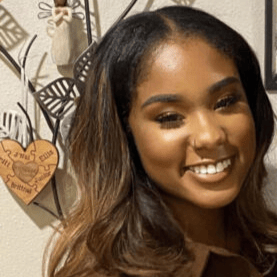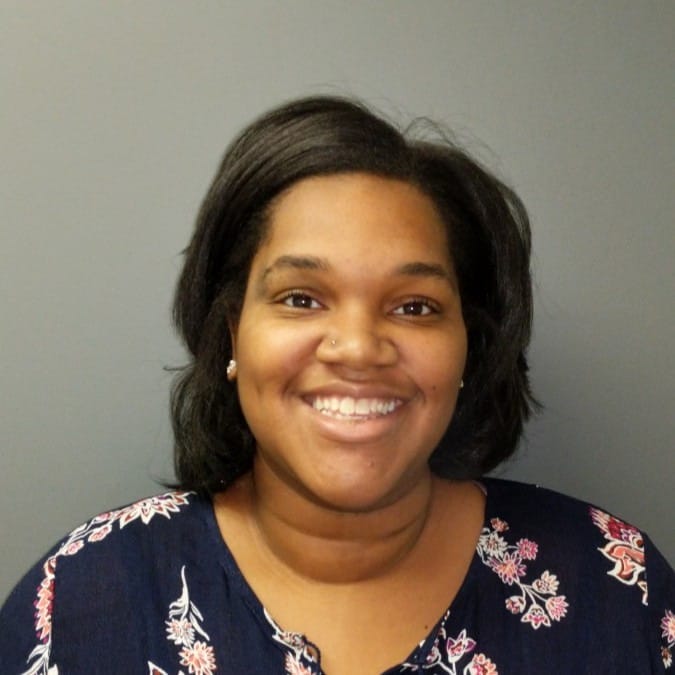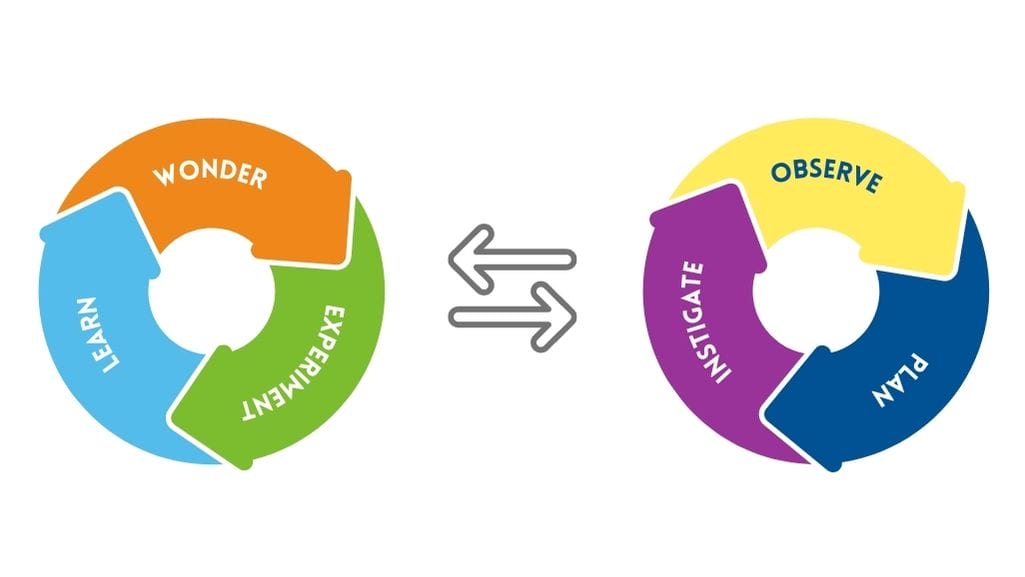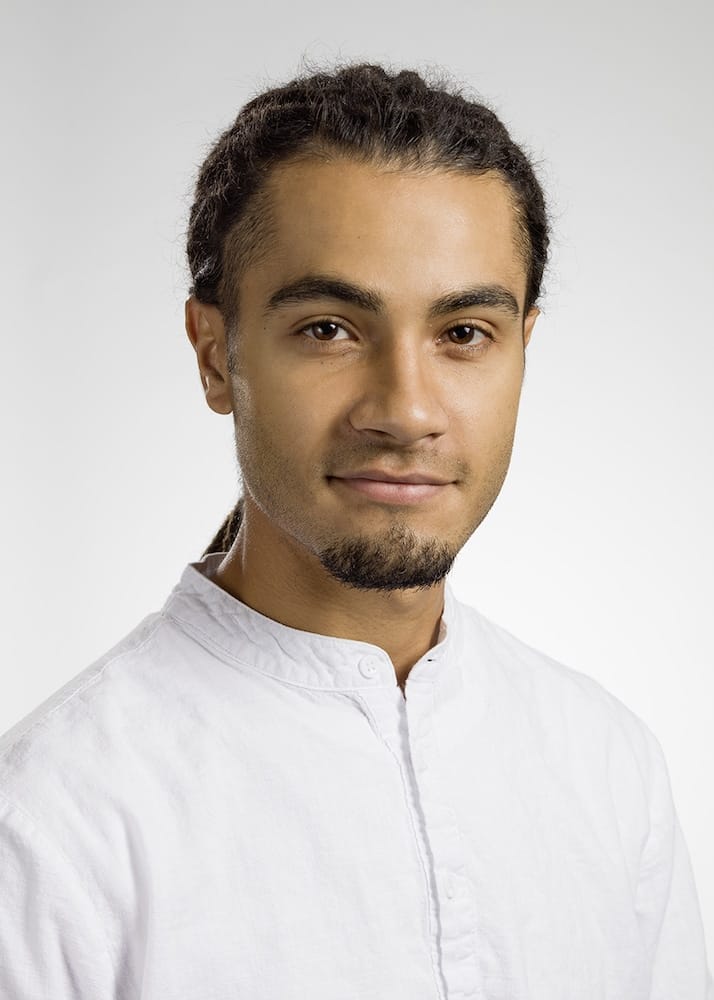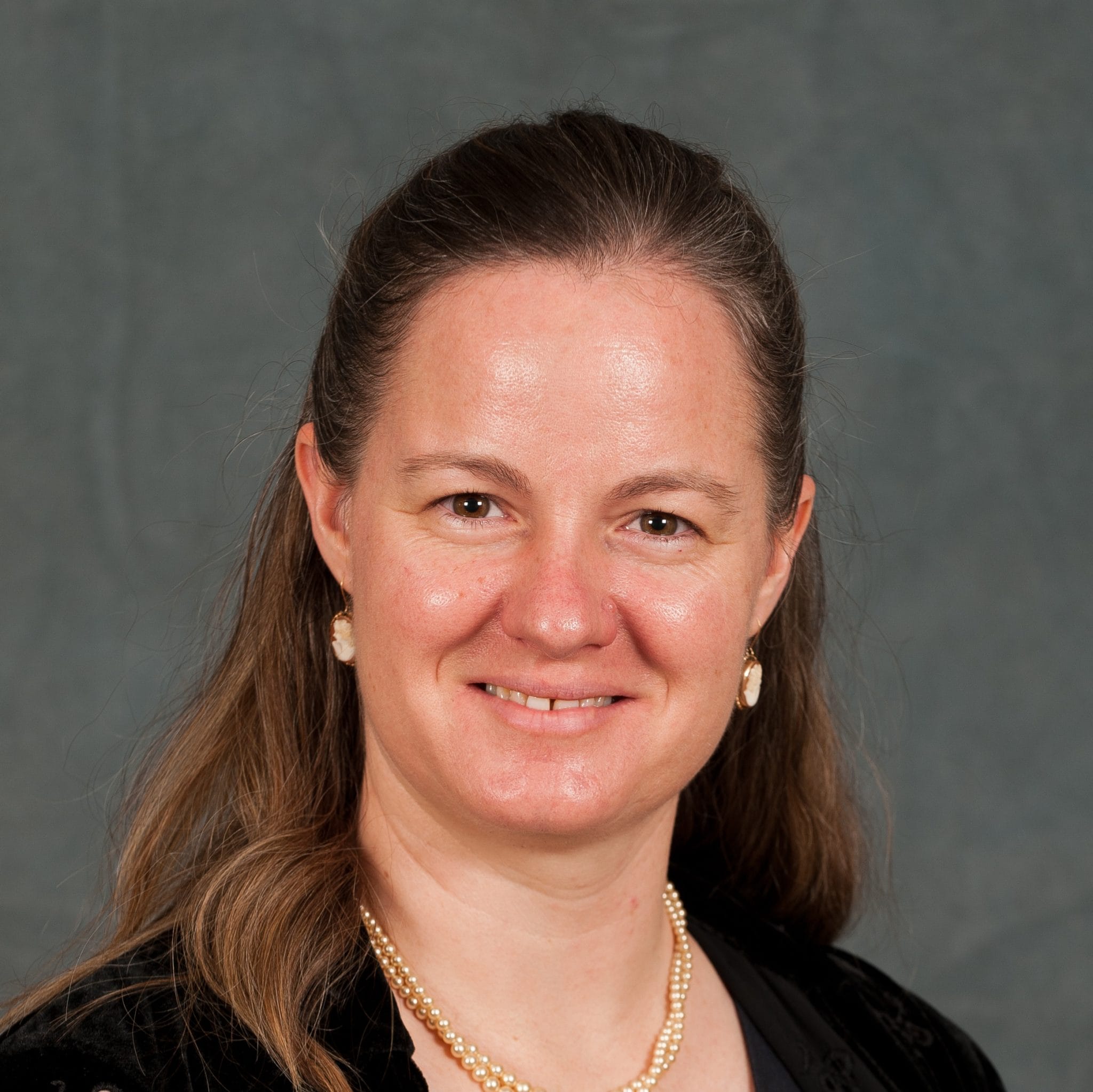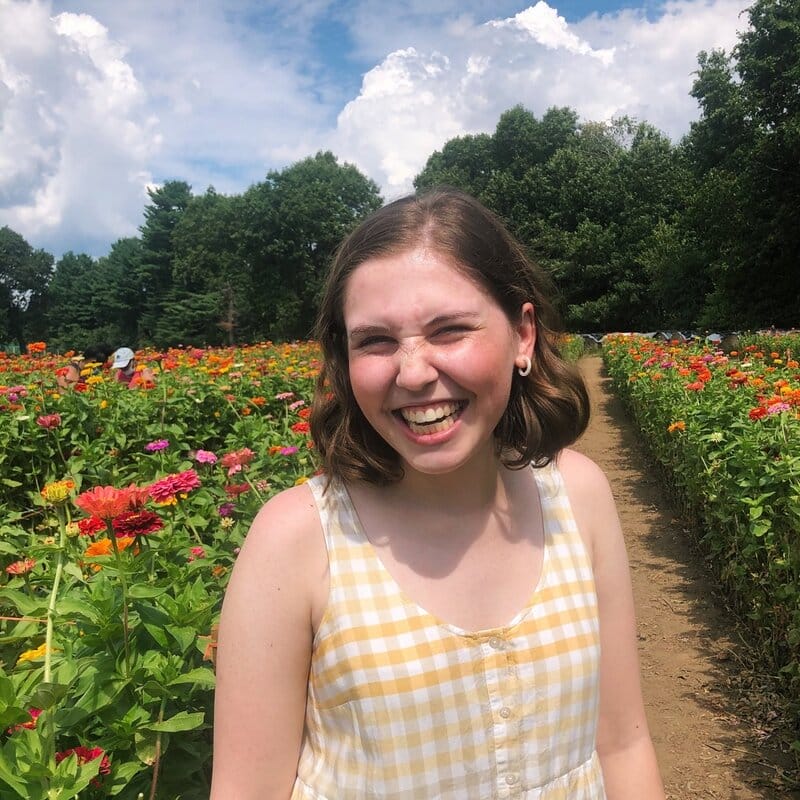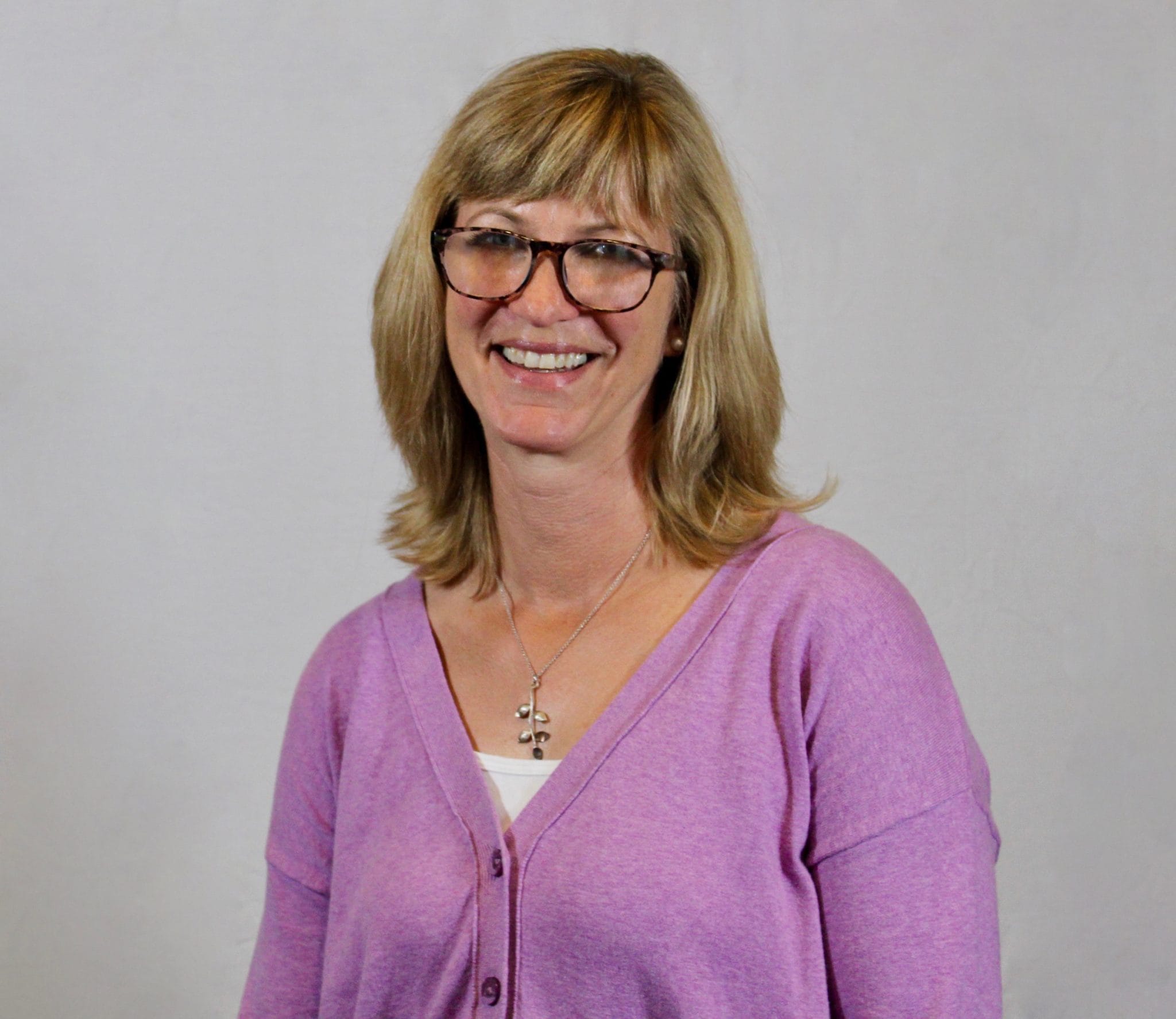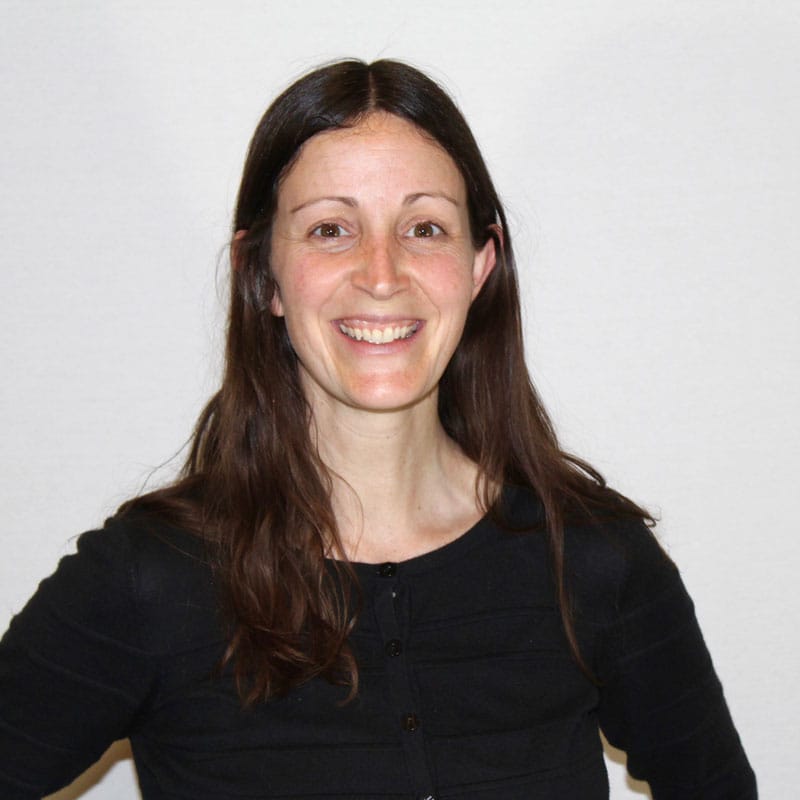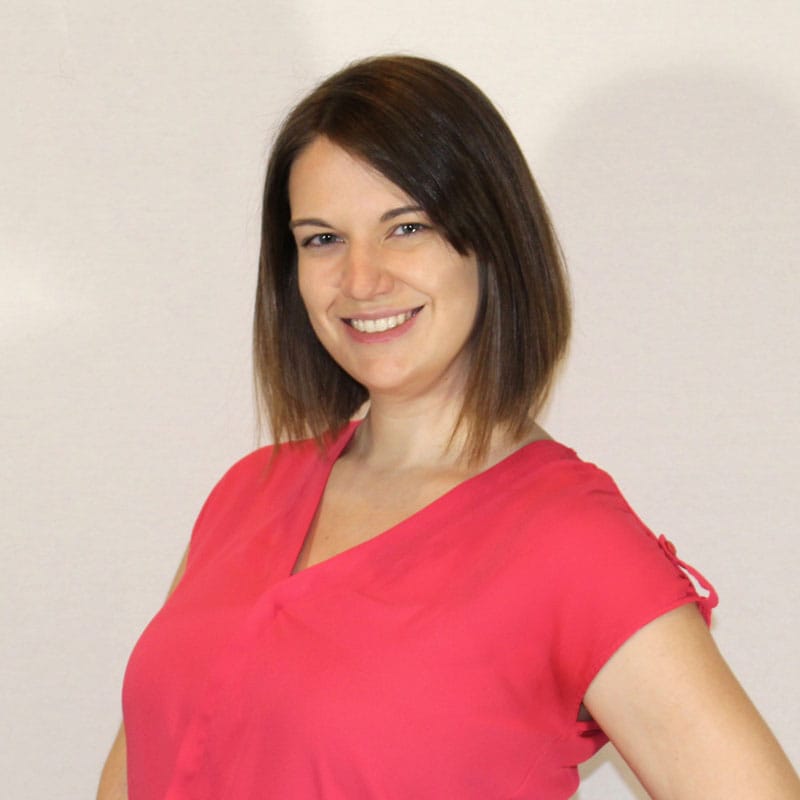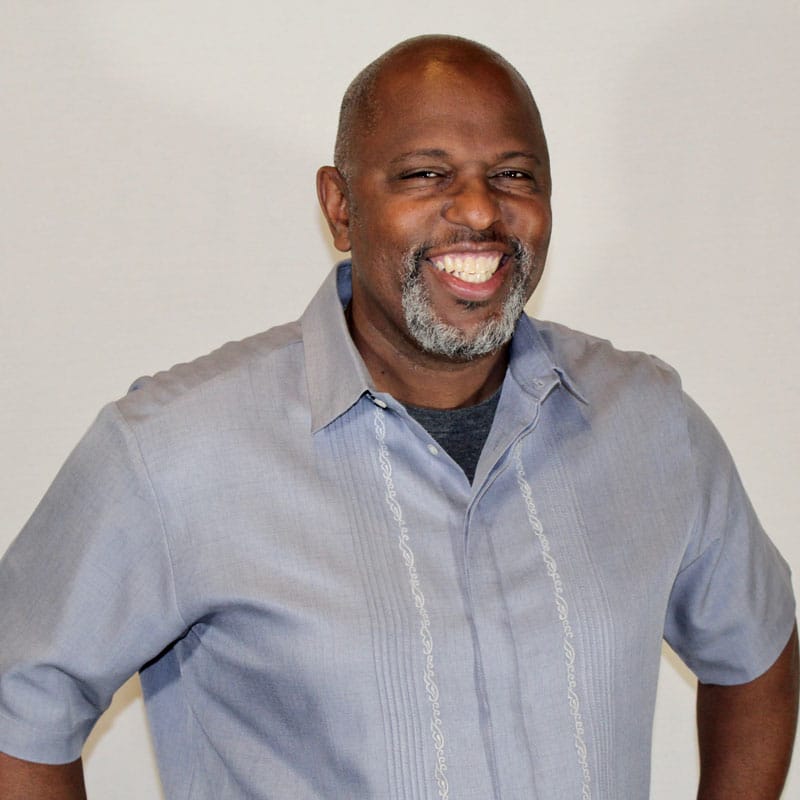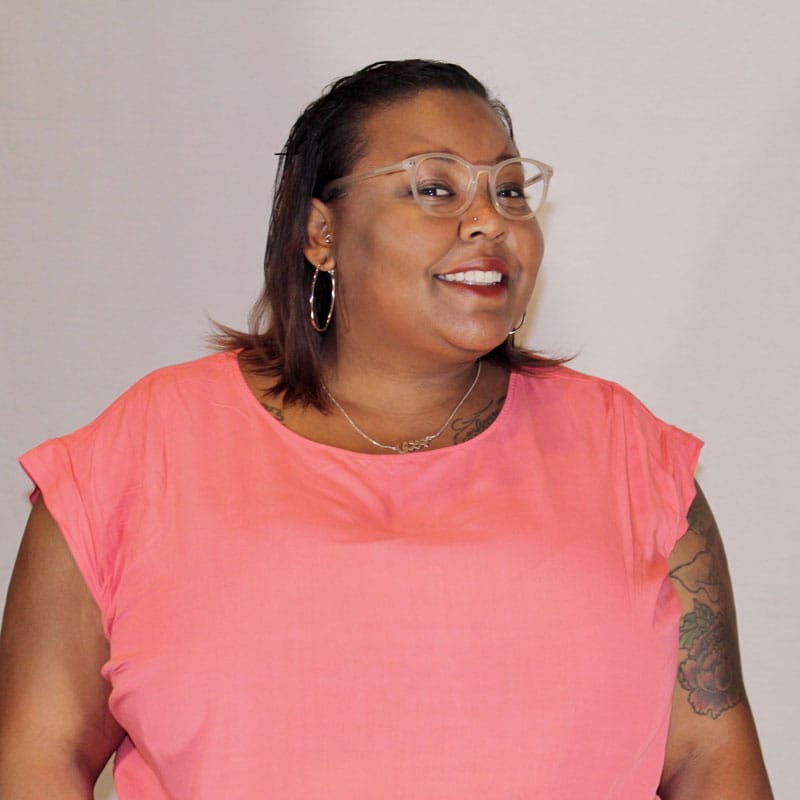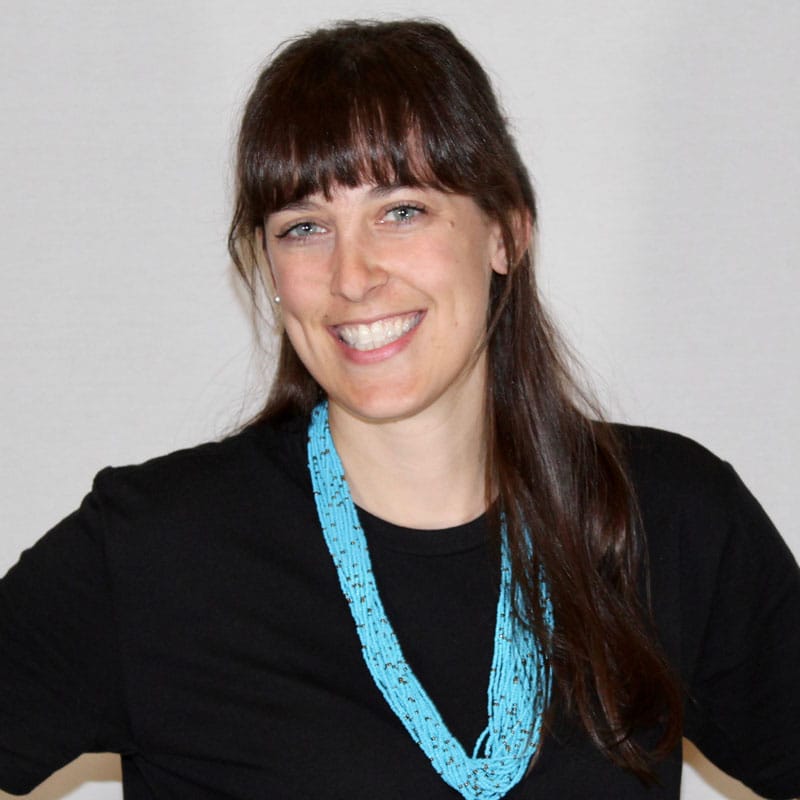February 8, 2021
By Aleta Margolis, Founder and President, Center for Inspired Teaching
Hooray for Monday is a weekly blog filled with questions, ideas, reflections, and actions we can all take to remodel the school experience for students.
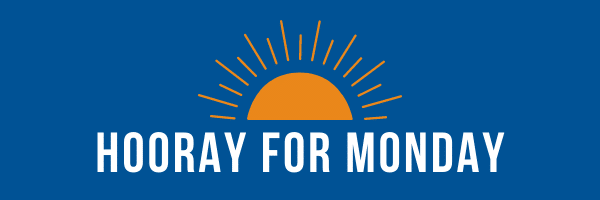
Nearly all of us are wrapped up in debates around how, when, and whether to reopen schools. We are struggling to balance the needs of the students, families, and teachers whose physical and mental health are being seriously damaged by distance-learning, with the needs of the students, families, and teachers who are deeply concerned about their physical health if they return to school in-person.
In the midst of all of this chaos, where does learning exist? How do we keep learning central? How do we make space for students’ ideas, needs, and interests? How do we nurture curiosity and wonder? Imagination needs space to breathe; it needs oxygen. How do we create that oxygen-infused space in the midst of all of this heaviness?

A simple, though not easy, first step is to talk with our students about the things that are happening. Just as I’ve advocated for talking frankly and honestly and in a developmentally appropriate way with students about the riots at the Capitol, the election itself, the systemic racism we are finally coming to see and reckon with, and many other difficult but ever-present topics, I am advocating for talking with students about the very real questions adults are grappling with around returning to in-person learning.
School is a place where students learn problem-solving skills. Real-world application is a critical component of learning. This is a moment to engage our students in both. What if we talk with our students about the real-world applications of problem-solving skills that are happening in school districts across the country, including their own? We might ask our students:
- What are the important points being made on all sides of the issues about returning to in-person learning?
- What are the pros and cons of each solution being offered?
- How can we create or revise our classroom rules to adhere to safety standards, while also enabling us to connect with content and with each other?
There are ways to foster these discussions that don’t add to fears around COVID-19. Talking to students intentionally and calmly in a developmentally appropriate manner about ways we can care for each other in a community lies at the heart of these discussions. How do we care for one other within the constraints we are given? What is in and out of our control?
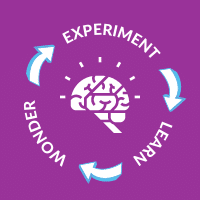
Even though we’ll likely have to begin each class reminding kids they can’t do many of the things healthy non-pandemic learning requires – like moving freely around the classroom, sitting or standing close to one another, or sharing supplies – we can be intentional in making space for their ideas in fostering a safe environment. And we can begin before they come back to the building. This is where the Wonder-Experiment-Learn Cycle can be applied. For example:
- Explore what 6-feet physical distancing looks like in your own home. Where do you have to position yourself to be 6-feet apart from your family members in each room? What might that look like in a classroom?
- Explore the ways in which we can read feelings even when a mask covers half of our faces. What do our faces look like when just our eyes show confusion, happiness, worry, suspicion, excitement? What other body language sends a message?
- Ask students which benefits of online learning they want to keep in an in-person space. What kinds of learning were they able to do on their own, independent of a physical classroom? How might that learning continue within the constraints of coming back into the building?
When we speak with our students about these real issues that affect their lives and ours, we’re letting them know that they can trust us to make their school experience relevant and meaningful. As many of us transition into hybrid learning situations in the weeks ahead, our students will appreciate being invited into the process, rather than simply being told what to do. Our own ideas will always be improved by their wonder, and it is far better to venture into the unknown with partners in learning.

